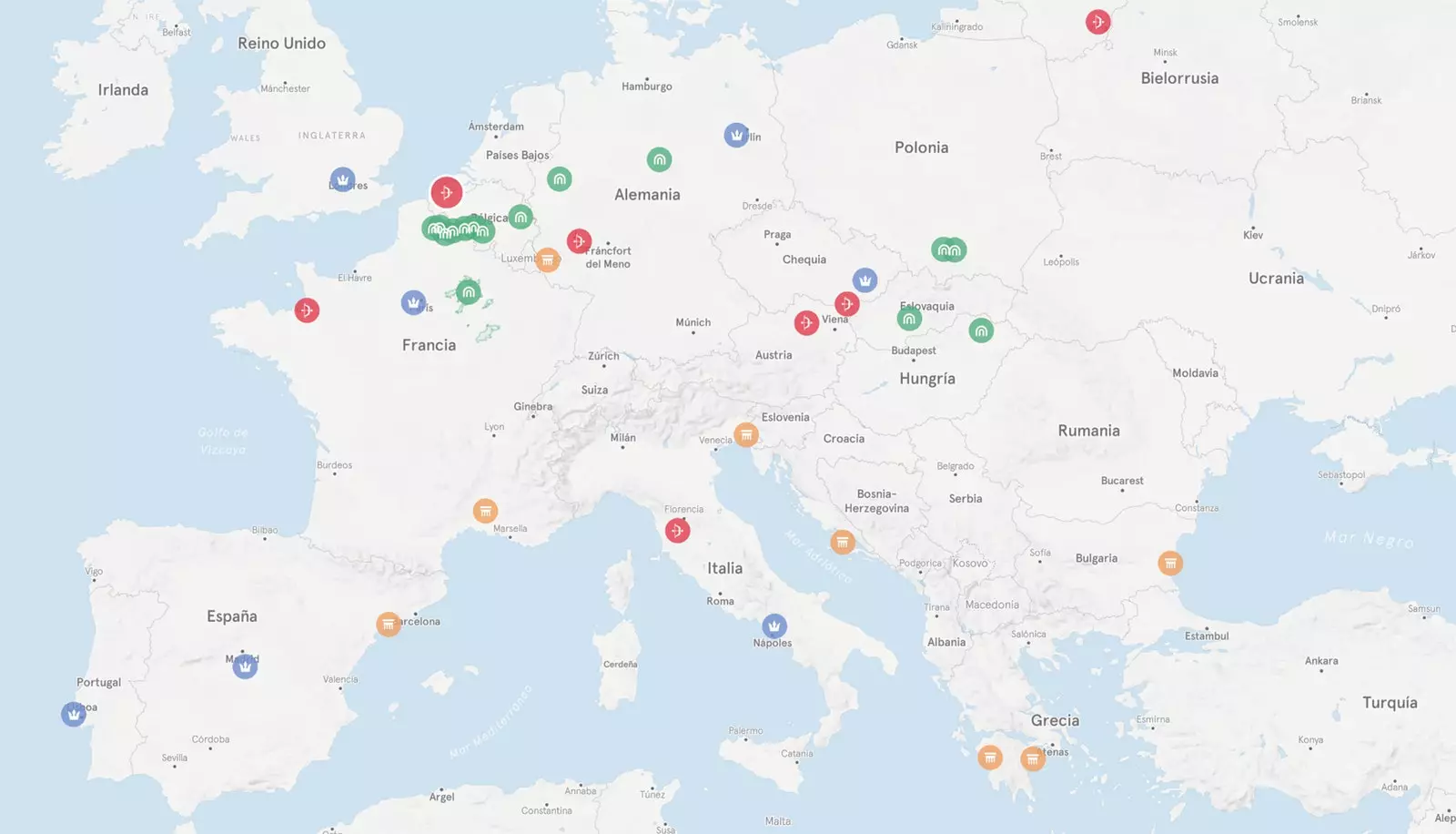
They have proposed that you visit them and that you do it knowing what you see
It is said soon, but the European Union has over 350 World Heritage Sites for which UNESCO has proposed that you travel, and that you travel knowing what you visit and how to visit it.
There are the typical ones, which you probably already know and that you are surely thinking that they do not need more tourists (Mont Saint-Michel, Versailles, Aranjuez, Bruges…). And there are the less typical ones, those that you surely did not know that they fell within this classification and in which The World Heritage Journeys in the European Union make an effort to get to know you.
This initiative is committed to cultural experiences and to providing the traveler with the possibility of create themed itineraries that take you from country to country in search of those World Heritage Sites that, due to their typology, interest you the most.
To do this, he has classified them into four groups: ancient europe , which includes those enclaves that take us to the culture and history of the Old Continent; royal europe , a compendium of castles, palaces and gardens that remain a testimony to the opulence of past and present monarchies; romantic europe , designed to lead the traveler to the places where great love stories were born; Y underground europe , with a selection of tunnels, caverns, mines and cellars that hide pieces of European history.
On the interactive map you can filter by one of these four categories based on your preferences. Once you have chosen the World Heritage Site you want to visit, a brief description is displayed on the left of our screens from where you can access your own page about the attraction where (wonder!) we find historical information about the place itself, practical information on how to get there, when and how to visit it, photographs, attraction recommendations and also tips provided by the locals themselves.
The map is the tip of the iceberg of a project developed by UNESCO in collaboration with other public institutions and National Geographic to increase knowledge about World Heritage Sites and contribute to their preservation ; try to drive tourists to less traveled destinations; improve the experience of travelers and promote sustainable growth of tourism in the European Union.
